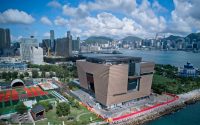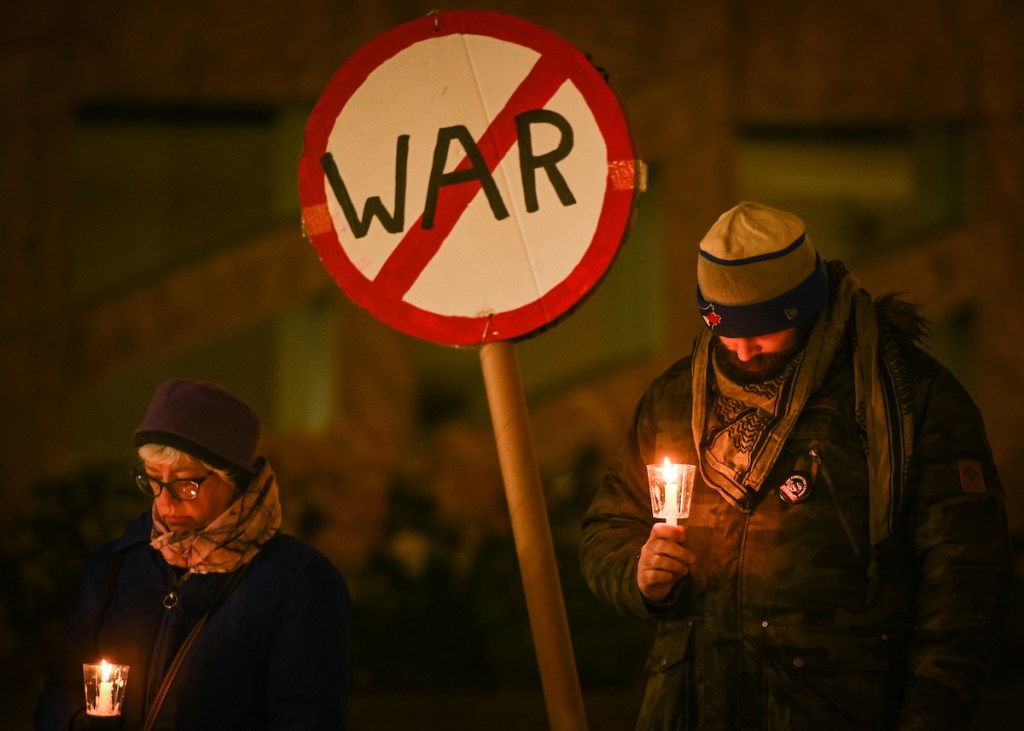Metropolitan Museum of Art Will Return 16 Khmer Artifacts to Cambodia and Thailand
The Metropolitan Museum of Art recently announced that it had initiated the return of 14 sculptures to Cambodia and two to Thailand that were associated with the art dealer Douglas Latchford.
The returns were the result of an agreement between the US Attorney’s Office for the Southern District of New York and the museum.
The items being returned are Khmer artifacts “made between the 9th and 14th centuries in the Angkorian period and reflect the Hindu and Buddhist religious systems prevailing at that time”, according to a press release from the museum. The group also includes statutes from the Koh Ker archaeological site, including a 10th century sandstone goddess.
Several of the sculptures, including a bronze sculpture The Bodhisattva Avalokiteshvara Seated in Royal Ease (late 10th–early 11th century), and a large 7th century Buddha head—will remain on view at the museum’s Southeast Asian art galleries while repatriation arrangements are being made.
The Met also said it was “continuing to review its collection of Khmer art and will be exchanging information on sculptures with officials in Cambodia and Thailand as part of that ongoing research.”
Phnombootra Chandrajoti, director-general of Thailand’s Fine Arts Department, called the return of the Met’s two items a “significant milestone” in the country’s ongoing efforts to return cultural treasures.
“In Thailand, the committee for repatriation, chaired by the Cultural Minister, is actively engaged in research initiatives to identify and track down additional objects that may have been illegally removed from the country in the past, further paving the way for a future where cultural heritage is preserved and valued in its rightful place,” he said in a press statement.
Latchford was indicted for antiquities trafficking in 2019, a conviction the Met said led to the institution “proactively” contacting the US Attorney’s Office for the Southern District of New York as well as Cambodian officials. Latchford died shortly after his conviction in 2020, resulting in the indictment being dismissed.
Last year, the Cambodia government alleged the Met had stolen artifacts that were sold by Latchford. In May, museum director and CEO Max Hollein announced it was hiring a manager of provenance research as part of its efforts to review all of its collections and policies, as well as returning objects the Met determined had questionable histories. Hollein cited “increasingly intense scrutiny” from “near-daily news stories.”
The Met’s 14 sculptures from Cambodia join dozens of other items that have been returned to the country this year, many of them also connected to Latchford. Those other objects include a 7th century Vishnu statue, 33 antiquities worth $20 million, three bronze statues from the National Gallery of Australia, more than 70 gold relics previously stored in London, and an 11th century carved lintel. Latchford’s estate also agreed to forfeit $12.1 million in a deal with U.S. officials in June. Officials from Cambodia, Thailand, and Vietnam have also contacted the Denver Museum of Art about allegedly stolen items in its collection that were also sold by Latchford.
This is also not the first repatriation between the Met and Cambodia regarding items associated with Latchford. Ten years ago, The Met voluntarily returned two 10th century objects known as the “Kneeling Attendants”. Art in America previously reported that “the decision was made after new research revealed that the artworks had been looted in the late 1970s from the Koh Ker temple complex, an archaeological site in northern Cambodia.”
US Attorney Damian Williams urged other museums and private collectors to also be proactive in contacting his office about concerns over stolen or looted items.
“And if you work at one of these institutions or for a private collection and have concerns that certain pieces may be tied to illicit trafficking, do the right thing: come forward and work with us on a voluntary basis to facilitate the return to the rightful owners,” he said in a press statement. “That is a far better outcome for you and your institution than if our investigation leads to a knock on your door. In other words, come see us before we come see you.”



